The Eastern Rome that survived 1,000 years longer than the West
Review of The New Roman Empire: a History of Byzantium by Anthony Kaldellis
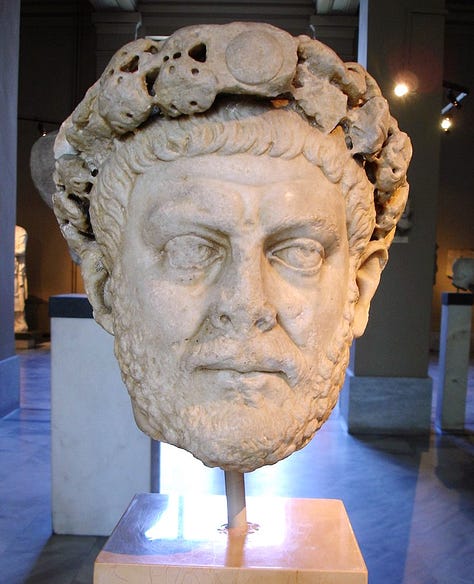
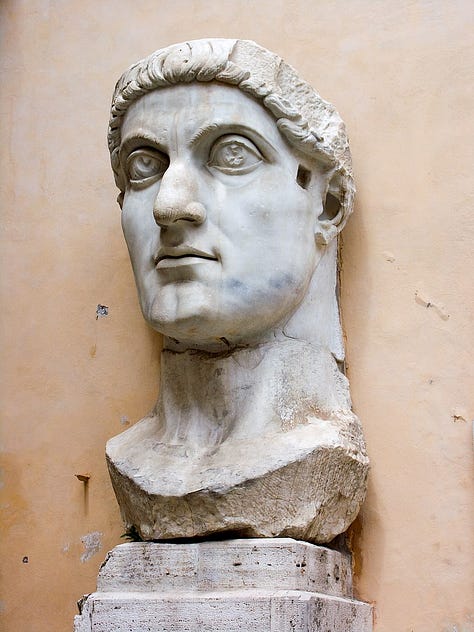
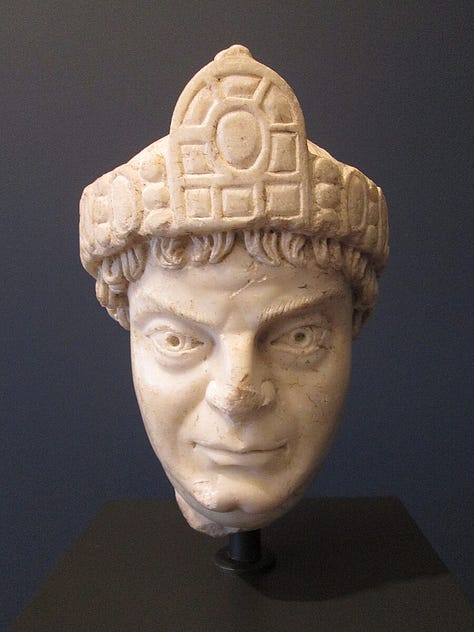
“Byzantium” was an invention of the Enlightenment: it was taken to embody imperial cruelty, theocracy, bureaucratic fiat, and blatant injustice. According to Anthony Kaldellis, this was a caricature designed to contrast against the virtues of enlightened despots – the fantasy ideal of the philosophes – that obfuscated the historical reality. In this brilliant book, Kaldellis sets out to prove that it was an innovative, indeed new, society based largely on law, with imperial legitimacy and consenus-based purpose accepted by the majority of the citizenry. To emphasize his vision, Kaldellis prefers to call the eastern portion of the Empire “New Rome” or simply, Romanía (as it called itself).
Kaldellis starts the story with Caracalla (r. 198 to 217 CE), the Emperor who granted citizenship to all inhabitants of the Roman Empire. The significance of this was to extend the rights and responsibilities beyond the privileged few on the peninsula of Italy to a vast multi-ethnic group, from Celts in the British Isles to all the Mediterranean cultures. In addition to bringing in manpower and solidifying the tax base, he argues, it was the first step to the creation of a quasi-national consciousness, of participation by all in a common enterprise of both conquest and defense.
The next important step, he continues, was taken by Diocletian (r. 284 to 305). To shore up the frontier with a beefed-up military, he created a more equitable tax system: the burden of payment was spread across the Empire rather than falling on those in the immediate vicinity of military action. This required the establishment of a permanent bureaucracy – he increased its size by a factor of 10 – to conduct a census of wealth as well as administer the tax collection. In doing so, Diocletian extended the reach of the state into a legal system that impacted the life of all Roman citizens, from the urban elites to free peasants. This, Kaldellis posits, initiated a further development of state legitimacy and shared purpose.
Once Constantine entered the scene (r. 324 to 337), Diocletian’s Tetrarchy-governance system was a shambles. During the civil war that followed, Constantine accepted his vision of Christian conversion, supposedly a sign that it would enable him to win a crucial battle, though he was only baptized on his death bed. In 330, he founded the eastern capital of Rome, Constantinople, on the site of the ancient city of Byzantion, a Greek colony. This location had many advantages, in particular its setting at the crossroads of Asia and Europe, a far more dynamic region than western Europe at the time. It went on to become the most effectively fortified city in the world. In terms of language, the eastern capital remained Greek, but Kaldellis argues that its political identity was purely Roman rather than Hellenistic.
Constantine and his successors employed their new religion as a means to legitimize their rule – they romanized Christianity rather than the other way around. In effect, they claimed divine legitimacy for themselves and their actions, controlling the church to their own purposes rather than encouraging or allowing it to transform the Empire’s society in the image of Christ’s moral precepts. It was the start of the divine right of kings in Europe. As Kaldellis repeatedly emphasizes, Romanían Emperors remained beholden to the populous and army, who could attempt to dethrone them at any time by popular acclamation or coup. This was, of course, a dangerous game that often resulted in torture, blinding, and execution.
Internally, Romanía faced a number of doctrinal and ideological challenges. Most important, there were the obscure debates linked to Christology – various factions argued about the nature of Christ as a man and God, his relation to his father, etc. Kaldellis dismisses them as in-group identification rather than anything of practical import in ritual or belief. Be that way or not, these fights could lead into violent upheavals, assassinations, and murderous purges of entire populations. In addition, there was iconoclasm, according to which images weakened the state due to prohibitions in the Old Testament. Moreover, there were the Green-Blue factional confrontations in sports competitions. Finally, there was the question of papal authority versus the eastern Patriarch of the Greek Orthodox Church, i.e. whether the Pope should serve as the final arbiter in doctrinal controversies.
Though the western Empire collapsed under the force of barbarian invasions in the 5th Century, Romanía in the east remained a militarily powerful and a highly organized polity. Emperor Justinian (r. 527 to 565) was a remarkably dynamic leader. One of his greatest accomplishments was the codification of all Roman law into a single source, the Codex Justinianus, a document that would provide the legal scaffolding for life in the Empire and later become one of the seminal influences on European institutions. Nonetheless, in attempting to reconquer the west with his great General Belisarius, Justinian left the Empire exhausted, overstretched, and virtually bankrupt. At one point, Justinian was fighting wars on 7 fronts simultaneously and was almost overthrown due the unpopularity that resulted.
Even worse, Justinian’s successors pursued a ruinous war of attrition with the Sassanian Persian Empire. The conflict was so devastating that it left the entire middle east vulnerable to attack, which came unexpectedly from the Arabs with their new religion, Islam. From 634 to 639, the Rashidun Caliphate – more or less independent bands of warriors – conquered virtually the entire territory east of Constantinople, engulfing approximately ¾ of the Empire, hence catastrophically reducing Romanía’s tax revenues. With Romanía no longer able to maintain a large army to retake these territories, it would have to struggle to keep its various holdings across the Mediterranean, which included such places as Sicily and Thessaloniki. The next waves of attacks came in the west, ranging from Germanic tribes to the Bulgars that invaded Greece.
On the knife’s edge of a survival struggle for over 2 centuries, according to Kaldellis, Romanía fought to hold its positions and regain confidence. Basil II (r. 976 to 1025, the longest serving Emperor in Roman history) finally stabilized the situation. At this point, rather than the dominant military power of the Mediterranean, Romanía reasserted itself with a mixture of its much-reduced army, diplomacy (from strategic marriages to payoff ransoms), and guile. In this manner, Romanía again expanded to a degree, but often preferred alliances or suzerainty to the costs of outright occupation. There followed a number of short-lived dynasties, culminating in the House of Komnenos, who were a Romanían version of the Habsburgs, installing family members into positions of power throughout the disparate Empire.
Notably, Kaldellis argues, the Komnenos dynasty in the 11th and 12th Centuries undermined the state’s legitimacy at a crucially dangerous moment: it was seen as corrupt and concerned only with enriching itself and preserving the privileges of the family.
During the Crusades, the Franks accused Romanía of divided loyalties, unwilling to fully support their campaigns in the middle east and perhaps even conniving with Islamic powers against them. However, as Kaldellis points out, Romanía’s position was far more nuanced than the Franks would understand. The Empire maintained good relations with many of the fragmented Islamic states, playing them off one another in search of an ever-shifting balance of power. This led to deadly suspicions, eventually resulting in the 4th Crusade (1202 to 1203), in which fellow Christians sacked the city with such brutal finality that Romanía never recovered. In its place, a number of small, independent Romanían states established themselves in Greece and Anatolia alongside a number of “Latin” kings and viceroys that were installed by Venice and quickly dethroned. Though Michael VIII Palaiologos reconquered Constantinople in 1261, the House of Palaiologos would essentially remain a corrupt rump state until its fall to the Ottoman Turks in 1453.
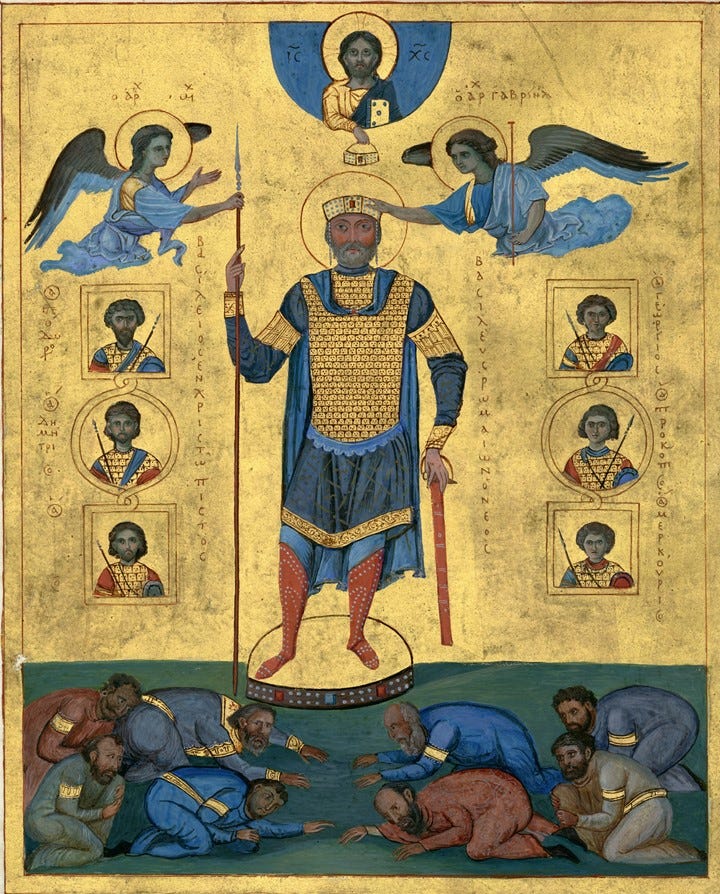
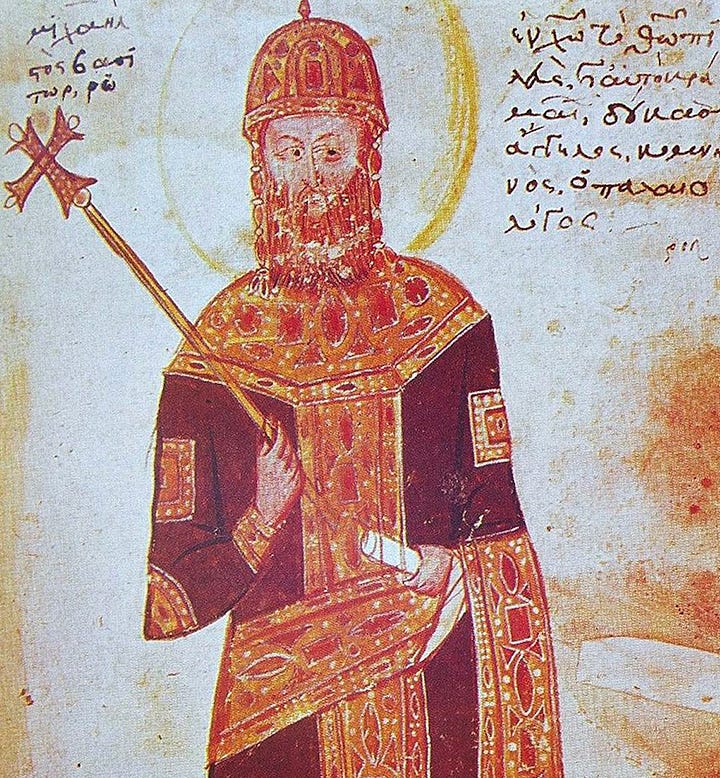
The arrival of a succession of Steppe nomad warriors, in particular Seljuk Turks, fundamentally altered the power equation. While the west European states were entering a phenomenal period of economic growth and modernization, the Turks represented the greatest existential threat to them since the thrust into Spain of the Umayyad Arabs in the 8th Century. Constantinople had long served as a sort of bulwark against Islam, but once the Ottomans became the rising regional power, Romanía was doomed. Indeed, Romanían citizens began to defect to the Turks en masse, many of them converting to Islam and intermarrying. In many ways, this represented the end of the concept of Rome, which had fallen to such military weakness and cultural and institutional decadence that it was easily overrun. Turn the page.
Simply put, this book offers a dazzling narrative on a uniquely enduring and adaptable empire, complete with long analyses of its institutions, economy, and culture. While I am skeptical that its legal culture was as just and egalitarian as Kaldellis presents it, there is no question that the Enlightenment caricature was in need of an update.
While academic in its presentation of original theses, Kaldellis plays a unique trick with his proofs: they are presented as mini-narratives and can be as riveting as his descriptions of longer episodes and machinations. It is also lucidly written and rarely repetitious over nearly 1,000 pages. This is a masterwork that will set the standard for the history of Romanía for some time to come.
Related:
Imperial Christianity
This book is the perfect follow-on to Ehrman's Lost Christianities, which described the many versions of Christianity that arose in the 2 centuries since Jesus' death. Jenkins starts with the state of theology in the 4th century – the great debate on the nature (or purity) of Christ's divinity – and examines in great detail how it played out in the dec…
Gripping intro to the Crusades
The Crusades began as a kind of idealistic call to arms. When you look at it now, the entire enterprise looks insanely ambitious: a bunch of aristocrats, knights and their support infantries decide to travel nearly to the end of the world, to dislodge the far more numerous Muslims from Christian holy sites in the Middle East (Jerusalem, etc.) Against a…
Competing monotheisms
This book covers a seminal historical nexus, marking the death of classical civilization and the beginning of the medieval period. At the center of it is the rise of Islam, which would become the dominant cultural and military force for the next 800 years.
The surprising legacy of Byzantine scholars
This is a popular history about the impact of Byzantine culture on Renaissance Italy, the Abbasids during their Baghdad apogee, and the Slavic world as it was differentiating into nationalities. While it is best to have a good grasp of these four periods of history, in particular Byzantium's, the author offers good skeletal explanations. It covers vast …








Interesting review of "the end of the concept of Rome." Very contemporary history, given
recent analyses of the rise and fall of empires - Legacy of Violence( Elkins) and Empire
(Ferguson). SYC